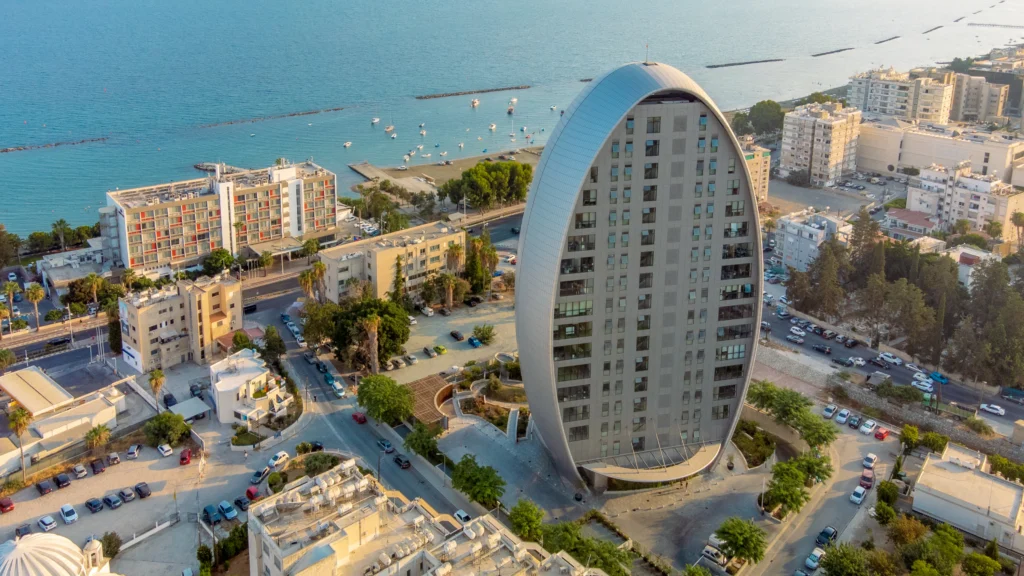In the quest for financial security, many investors are turning to Self-Directed Individual Retirement Accounts (SDIRAs) to diversify their retirement portfolios and capitalize on opportunities beyond traditional stocks and bonds. One of the most appealing options within an SDIRA is real estate investment. This guide explores the benefits, strategies, and considerations for investing in real estate through an SDIRA.
What is an SDIRA Real Estate?
A Self-Directed Individual Retirement Account (SDIRA) is a type of retirement account that gives investors more control over their investment choices compared to traditional IRAs. Unlike standard IRAs, which typically limit investments to stocks, bonds, and mutual funds, SDIRAs allow for a broader range of assets, including real estate, precious metals, and more.

Why Invest in Real Estate with an SDIRA Real Estate?
Investing in real estate through an SDIRA offers several advantages:
- Diversification: Real estate provides a tangible asset class that can help diversify your retirement portfolio, reducing risk associated with market volatility.
- Tax Benefits: SDIRAs offer tax advantages similar to traditional IRAs. For traditional SDIRAs, contributions are tax-deductible, and taxes are deferred until withdrawal. For Roth SDIRAs, qualified withdrawals are tax-free.
- Potential for High Returns: Real estate can offer attractive returns through rental income and property appreciation. When managed well, these investments can significantly boost your retirement savings.
- Control and Flexibility: SDIRAs provide greater control over your investment decisions, allowing you to choose specific properties that align with your financial goals.
Steps to Invest in Real Estate with an SDIRA Real Estate
- Open an SDIRA Account: Choose a custodian that offers SDIRA Real Estate services. Not all custodians allow real estate investments, so ensure the one you select supports your intended investment strategy.
- Fund Your SDIRA: You can fund your SDIRA through contributions, rollovers from other retirement accounts, or transfers from existing IRAs. Ensure you adhere to IRS contribution limits and rules.
- Research and Select Properties: Conduct thorough research to identify potential investment properties. Consider factors such as location, market conditions, property condition, and rental income potential.
- Perform Due Diligence: Conduct a detailed due diligence process, including property inspections, title searches, and market analysis. This step is crucial to avoid costly mistakes and ensure the property aligns with your investment strategy.
- Purchase the Property: Once you’ve identified a suitable property, your SDIRA custodian will handle the purchase transaction. All expenses related to the property, including purchase costs, maintenance, and repairs, must be paid directly from the SDIRA.
- Manage the Property: You or a property management company can handle the day-to-day operations of the property. All rental income must flow back into the SDIRA, and any property-related expenses must be paid from the SDIRA as well.
- Monitor and Review: Regularly review your real estate investments to ensure they are performing as expected. Stay updated on market trends and consider adjustments to your strategy as needed.
Key Considerations and Compliance
- Prohibited Transactions: The IRS has specific rules regarding prohibited transactions. You cannot use the property for personal use, and transactions involving disqualified persons (such as family members) are not allowed.
- Unrelated Business Income Tax (UBIT): If your SDIRA investment generates income from leveraged real estate, it may be subject to UBIT. Consult with a tax advisor to understand potential tax implications.
- Liquidity: Real estate investments are less liquid compared to stocks or bonds. Ensure you have a strategy for accessing funds if needed, as selling a property can take time.

SDIRA Real Estate Investment Guide - Costs and Fees: Be aware of the fees associated with SDIRA custodians and property management. These costs can impact your overall returns, so factor them into your investment strategy.
Conclusion
Investing in real estate through an SDIRA can be a powerful way to grow your retirement savings while diversifying your investment portfolio. By understanding the process, adhering to IRS rules, and performing diligent research, you can unlock the potential of your retirement funds and achieve your long-term financial goals. As with any investment, it’s essential to stay informed and seek professional advice to navigate the complexities of SDIRA real estate investing successfully. Visit our website for more information https://themidatlanticfund.com/long-term-investment/



